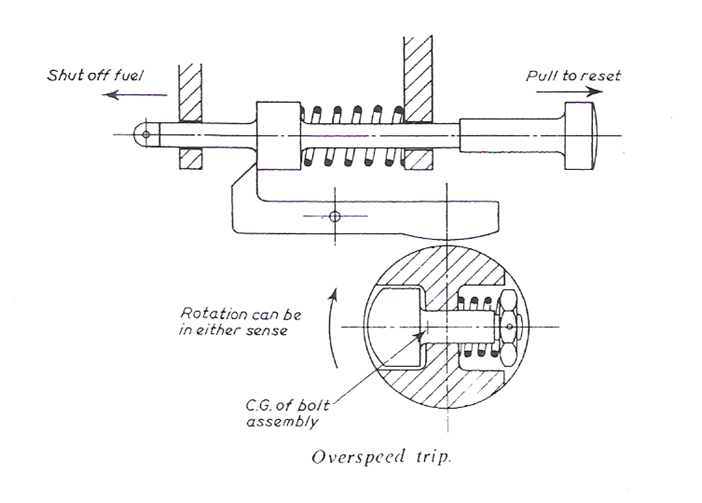Learn how Impressed Current Cathodic Protection On Ship works and what is the need of putting such system. We will start with basics, and then move on to the original setup which is used on ship.
Ship hull is the most severely affected part when it comes to contact with seawater. From the day ship floats on water, hull is always in contact with seawater. As you must be aware that when anything in contact with sea water, it corrodes very fast! Let’s starts from the basics.
Cathodes and Anodes- Basics
Below diagram shows what actually happens on the ship’s hull. In the presence of sea water, anode and cathodes are formed, this due to different properties and thickness of paint at different places. The electrons from the anode flow to the cathodic area. This is because of the process electrolysis in presence of sea water. This leaves negative OH ions on cathode and Fe positive ions at the anode. Now these OH negative ions travels back to anode and form Fe(OH)2 and later Form Fe(OH)3 which is rust. Thus slowly anodic area will be eaten away while cathodic are will remain same.

We can protect the ship’s hull by making it completely cathodic, that means supplying electrons at a correct rate and the natural process will still take place, but the elections are not supplied by hull, but the DC current that we will supply.
Impressed Current Cathodic Protection On Ship
As we now know the problem and as how we can solve it. Below diagram shows what happens when we fit an insulated anode and supply the hull with electrons. So now negative ions formed at cathode will combine with positive ions at the anode and gets rusted. So insulated anode will be the one to be consumed and ship hull is protected. The life of such anodes varies from 3-6 years depending on the metal and how good current levels were maintained.
Read this interesting article: Salary in Merchant Navy Offered-Latest
Some of the metals used for this process are lead, silver and zinc electrodes. Now question comes as how much current to provide? Because, too much current will cause the sponging of paint on the hull. And too less will cause, THE RUST. The current to applied depends on the potential difference between the anodic metal and the hull. Like for metal Zinc, it is 450mV.
The Actual Circuit
Anodes are placed all over the hull below the water line and are connected to the circuit for controlling the current.

Three phase 440V supply is taken and converted to a DC supply. With the help of control amplifier, DC current is fed to the anodes. Option for set value or the hand set value is given. Electronic Regulator gets its feed from the reference electrode and adjusts the current level as per that. Anodes are scattered all around the hull.
Typical values for the surfaces which are painted can vary from 10 to 50 mA/m2. But for bare metals, such value will go up to 100-200 mA/m2.
Note: Such method of protection does not protect ship’s hull from the Marine growth. So, an anti fouling paint is needed to prevent the same. If values are monitored with care, then there will be no damage to the hull because of rusting.
Image Courtesy: Practical Marine Electrical Knowledge: Dennis T Hall



Amazing piece of content, Thank you for sharing this blog….